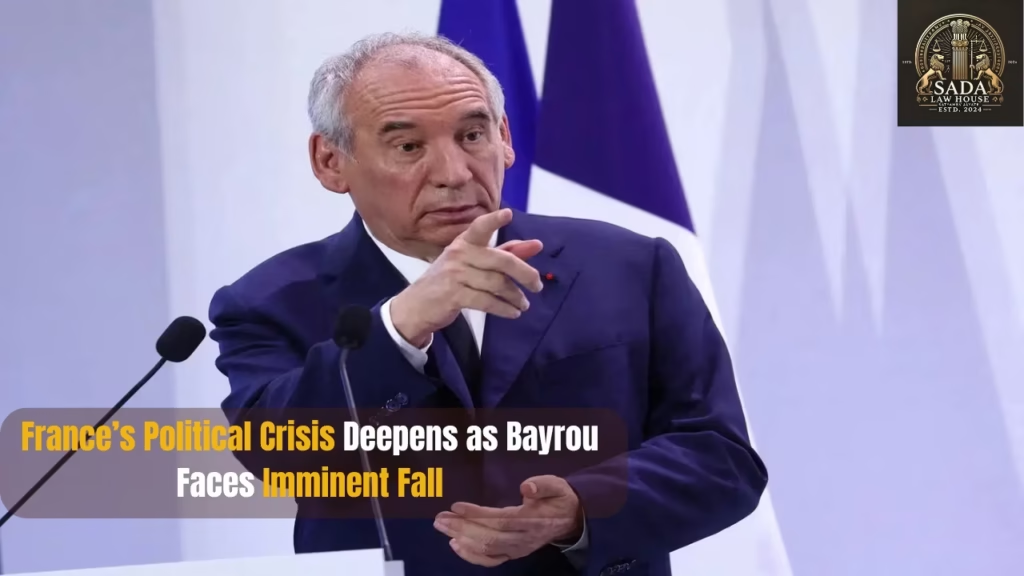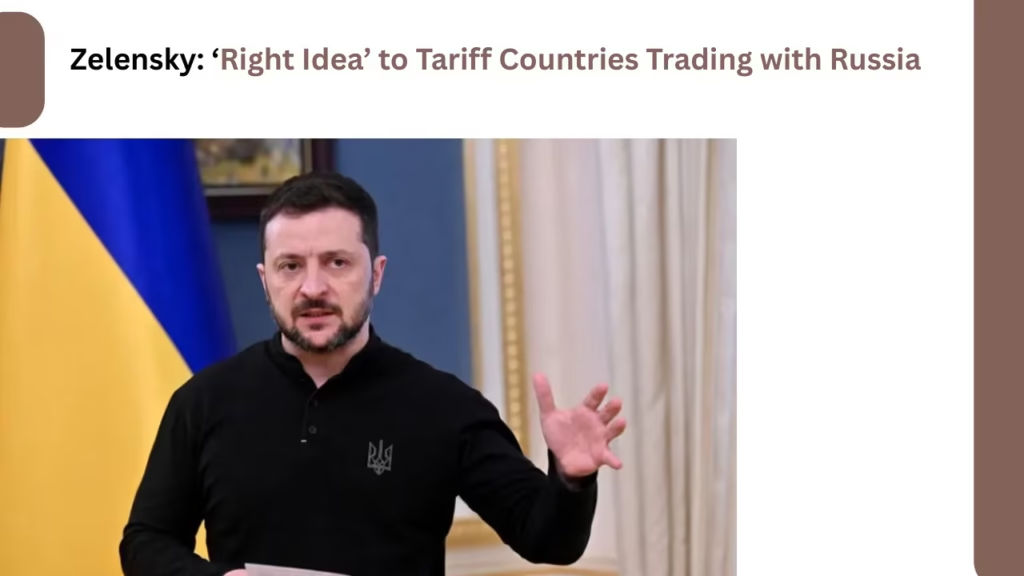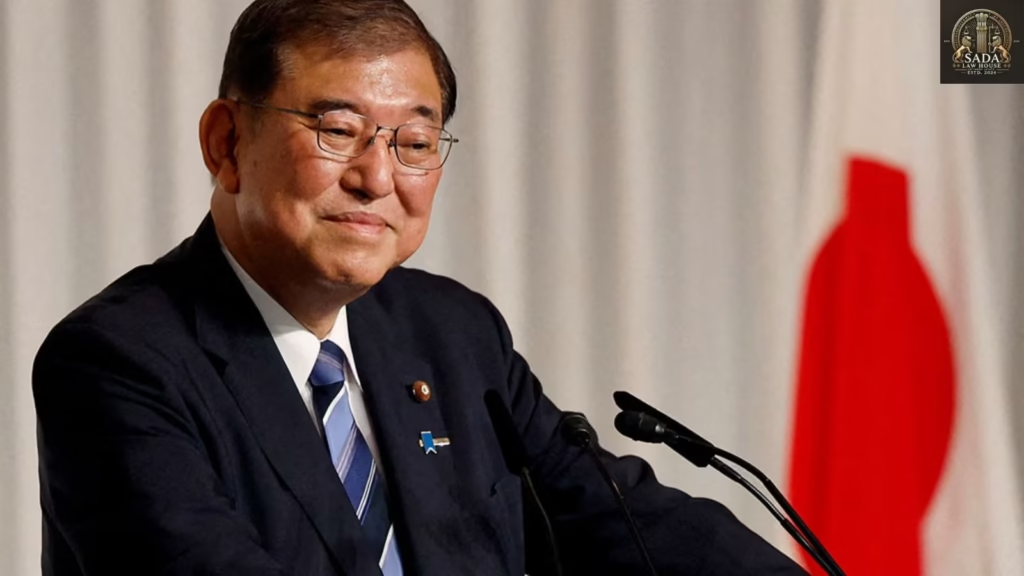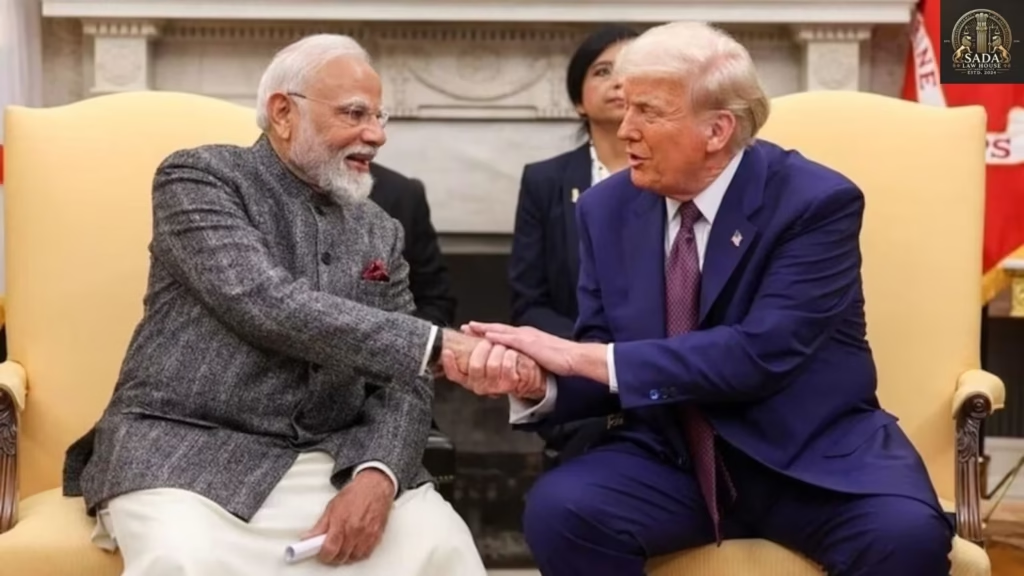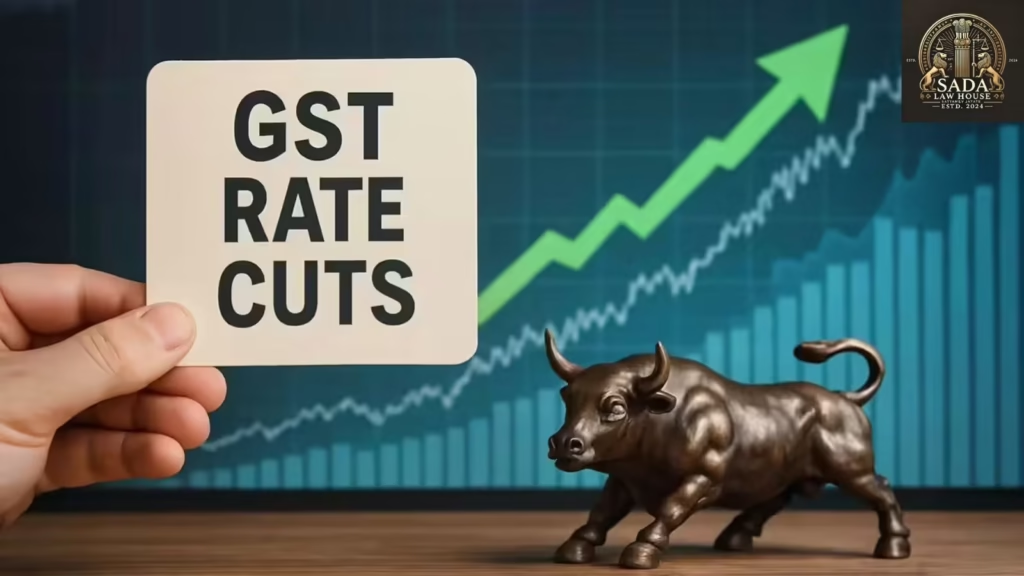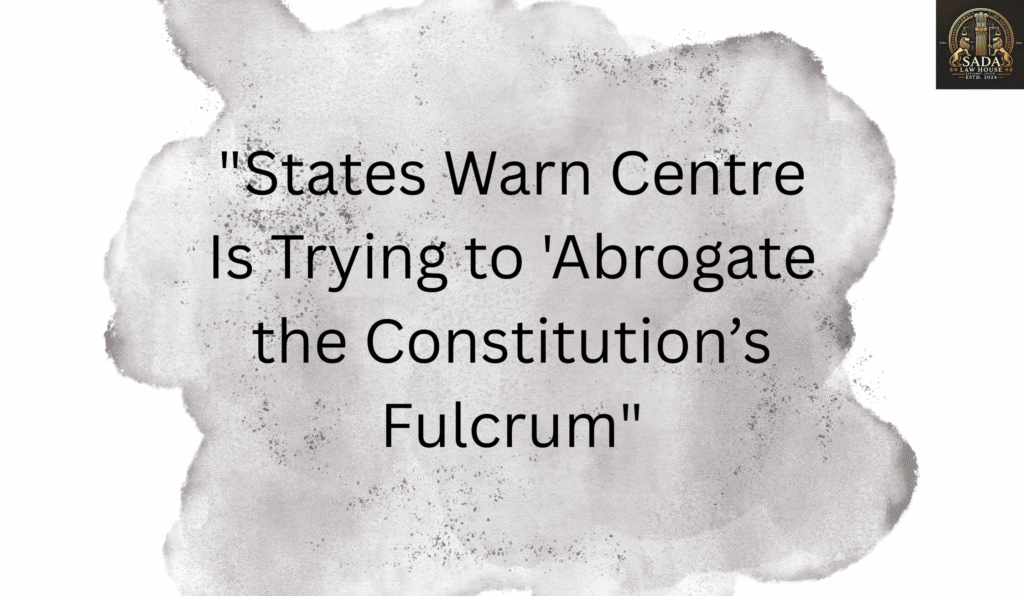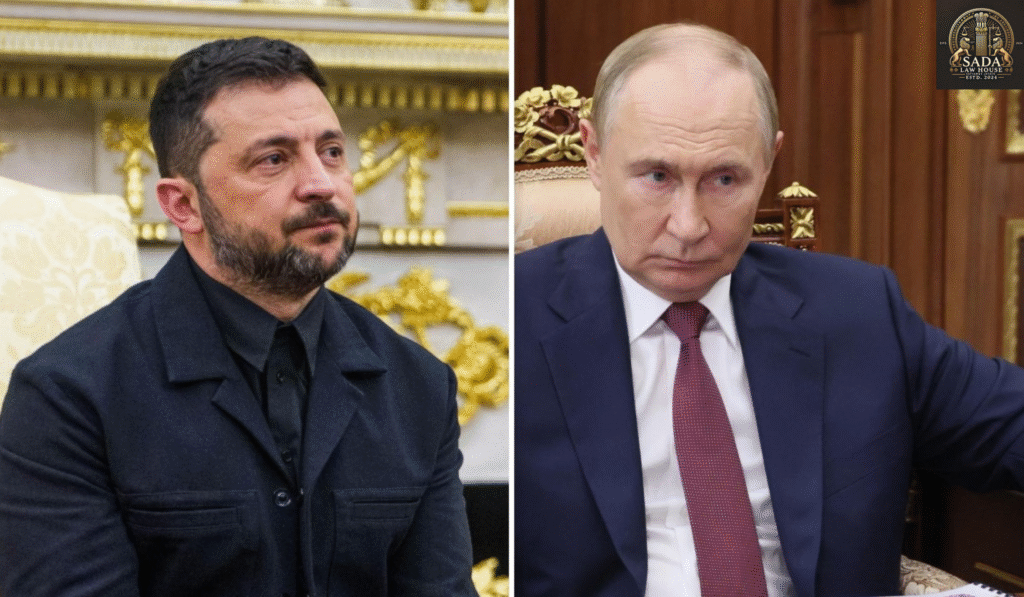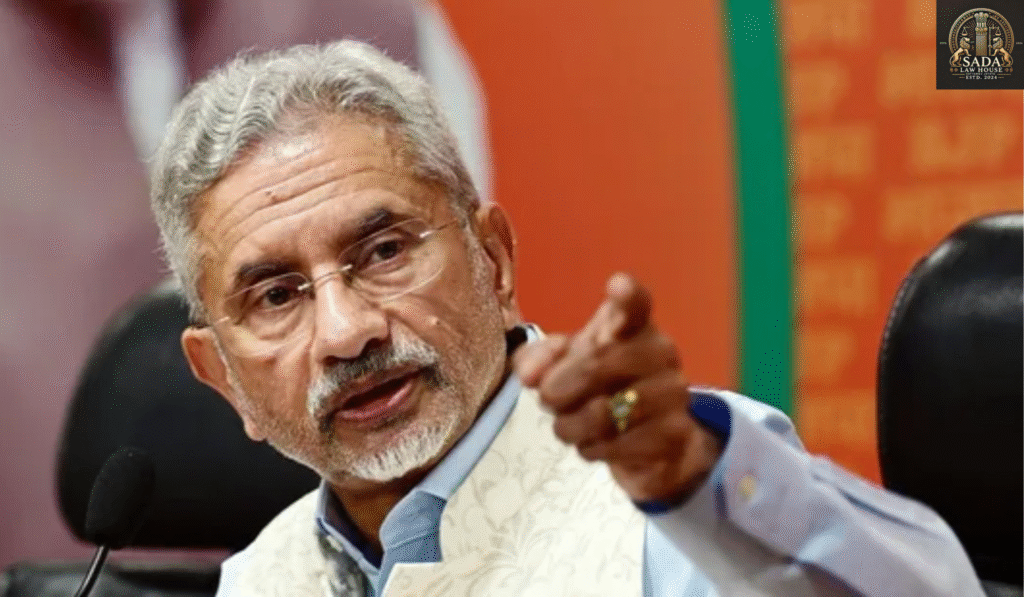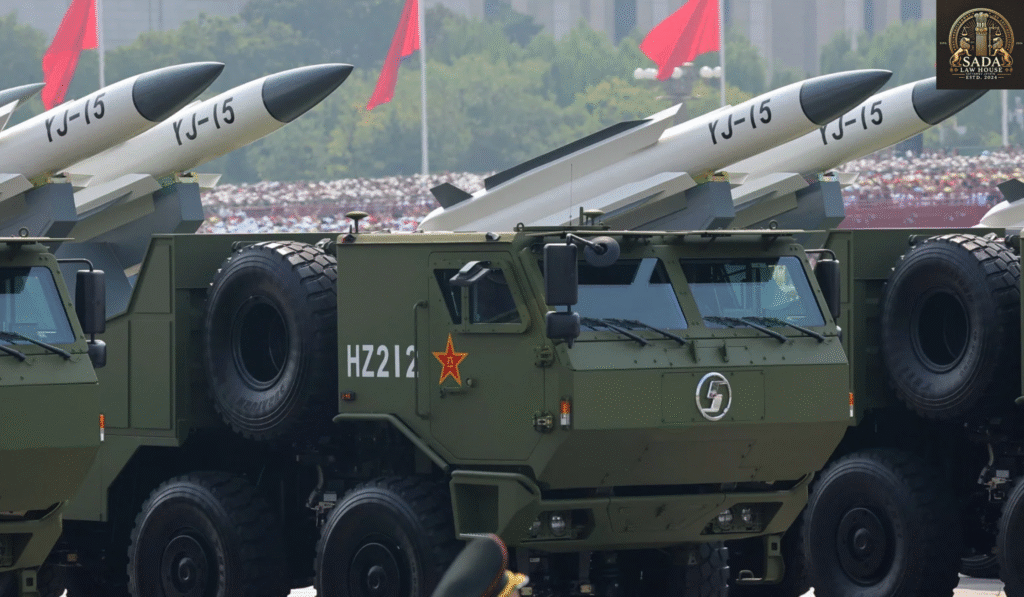France’s Political Crisis Deepens as Bayrou Faces Imminent Fall
Trending Today France’s Political Crisis Deepens as Bayrou Faces Imminent Fall Zelensky: ‘Right Idea’ to Tariff Countries Trading with Russia LEGAL JOB OPPORTUNITY AT REDDY & REDDY LAW FIRM, PUNE LEGAL JOB OPPORTUNITY AT BENNY & RAI ASSOCIATES, DELHI LEGAL JOB OPPORTUNITY AT IRA LAW, DELHI LEGAL INTERNSHIP OPPORTUNITY AT MGY AND ASSOCIATE Japan’s PM Ishiba to Resign, Aims to Avert Party Rift Trump Seeks Reassurance: ‘Modi and I Will Always Be Friends’ — Modi Responds in Kind Noida Astrologer Arrested for False Mumbai ‘34 Human Bombs RDX’ Threat to Frame Friend How GST Rate Cuts Could Fuel India’s Growth Engine France’s Political Crisis Deepens as Bayrou Faces Imminent Fall Shristi Singh 09 September 2025 INTRODUCTION France stands on the brink of another political crisis as Prime Minister François Bayrou, the country’s fourth head of government in just three years, faces an imminent defeat in a crucial confidence vote. A loss would collapse his already weakened administration and plunge the eurozone’s second-largest economy into deeper instability amid spiraling public debt, rigid budgets, and heightened geopolitical pressures. BACKGROUND & CONTEXT Bayrou took office following the collapse of his conservative predecessor, inheriting a fractured parliament and divided political landscape. His central policy move—an austerity-driven budget to reduce France’s ballooning deficit (nearly double the EU’s 3% cap)—has sparked intense backlash. France’s debt currently stands at 114% of GDP, fueling concerns across the EU. The far-right National Rally continues to gain influence, exacerbating political polarization. KEY DEVELOPMENTS Bayrou has tied his austerity-heavy budget to a confidence vote in parliament. Opposition parties—spanning left, center, and far right—have united to block the budget. Financial markets reacted sharply: bond spreads widened amid fears of fiscal slippage and potential credit downgrades. With no majority in the National Assembly, factions are pressuring President Emmanuel Macron to either realign alliances or dissolve parliament for fresh elections. ANALYSIS European Fallout: France’s instability threatens fiscal coordination within the EU and risks undermining broader European unity at a time of global economic fragility and geopolitical strain. Macron’s Dilemma: If Bayrou falls, Macron faces limited options—either attempt a fragile reshuffle or gamble on snap elections, both fraught with risk. Right-Wing Surge: The rise of the National Rally complicates consensus-building, pushing mainstream parties to either resist or co-opt populist policies. CONCLUSION Bayrou’s likely fall underscores the fragility of France’s political system and the growing disconnect between fiscal necessity and public tolerance. With debt mounting and polarization deepening, France’s crisis risks spilling over into the wider eurozone. The coming days will test whether Macron can stabilize the political order—or be swept into a broader collapse. Leave a Reply Cancel Reply Logged in as Sada Law. Edit your profile. Log out? Required fields are marked * Message* Live Cases France’s Political Crisis Deepens as Bayrou Faces Imminent Fall Sada Law • September 9, 2025 • Live cases • No Comments Zelensky: ‘Right Idea’ to Tariff Countries Trading with Russia Sada Law • September 9, 2025 • Live cases • No Comments Japan’s PM Ishiba to Resign, Aims to Avert Party Rift Sada Law • September 7, 2025 • Live cases • No Comments 1 2 3 … 5 Next »
France’s Political Crisis Deepens as Bayrou Faces Imminent Fall Read More »

